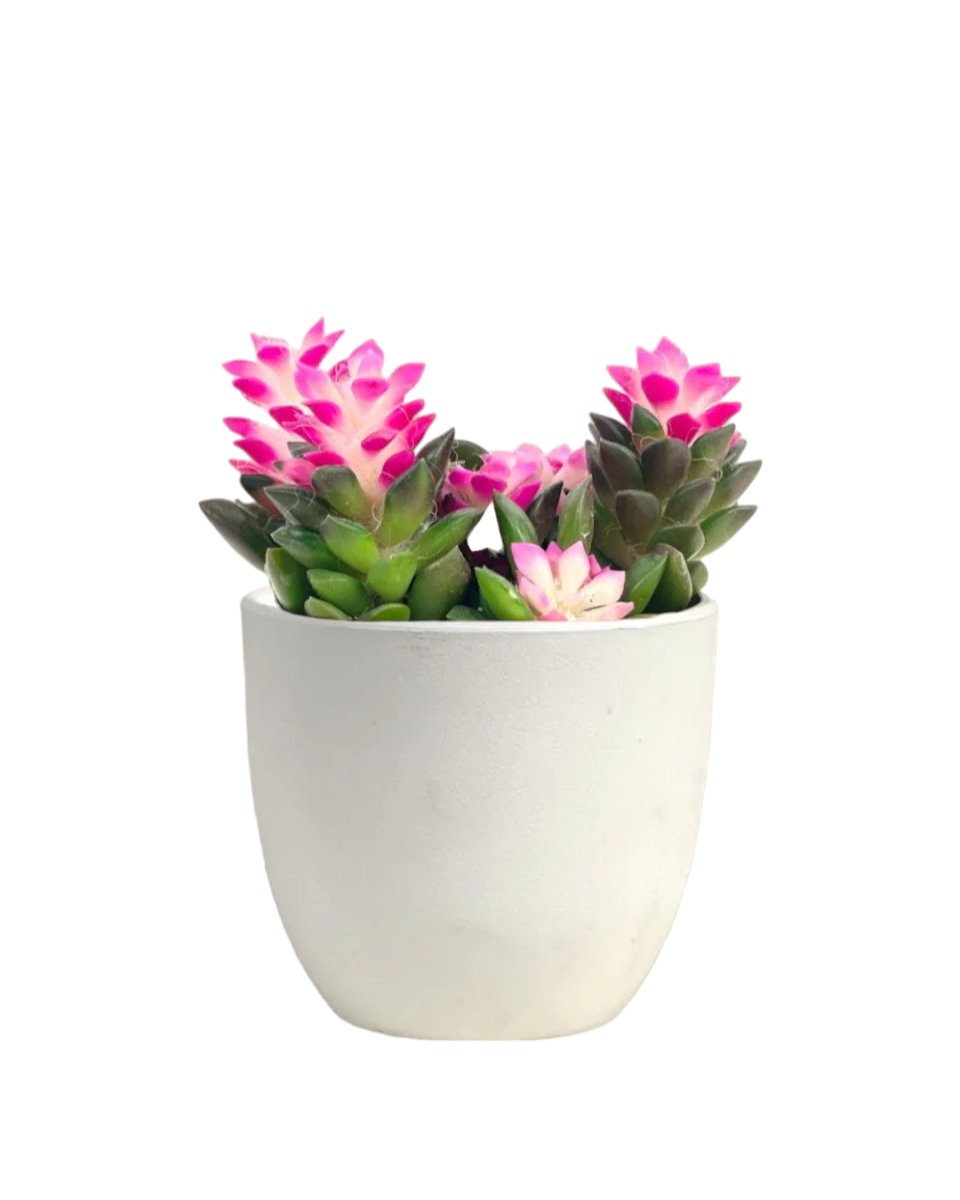Succulents, with their unique shapes, vibrant colors, and low-maintenance nature, have captured the hearts of plant enthusiasts worldwide. Their ability to thrive in diverse environments, from arid deserts to bustling city apartments, has made them a popular choice for both seasoned gardeners and novice plant parents.
Succulents are a diverse group of plants characterized by their ability to store water in their leaves, stems, or roots. This adaptation allows them to survive in harsh, water-scarce conditions. Some of the most common types of succulents include:

Cacti: These iconic plants are known for their spines and fleshy stems. They come in a wide range of shapes and sizes, from small, globular cacti to tall, columnar varieties.
When purchasing succulents, several factors should be considered to ensure you choose the right plant for your home or garden:
Light requirements: Most succulents thrive in bright, indirect light. However, some species, such as cacti, can tolerate direct sunlight.
The market is flooded with a wide range of succulent varieties, each with its unique charm. Some of the most popular options include:
Echeveria ‘Perle von Nürnberg’: This stunning succulent features rosettes of powdery blue-green leaves with pink edges.
Succulents are widely available at various retailers, including:
Local nurseries and garden centers: These are great places to find a wide variety of succulents, as well as expert advice from knowledgeable staff.
To keep your succulents thriving, follow these simple care tips:
Water wisely: Allow the soil to dry out completely between waterings. Overwatering is a common cause of succulent death.
Q: How often should I water my succulents?
A: The frequency of watering depends on various factors, including the type of succulent, the pot size, the soil type, and the environmental conditions. As a general rule, allow the soil to dry out completely between waterings. During the winter months, you may need to water less frequently.
Q: Can I propagate succulents from cuttings?
A: Yes, succulents can be easily propagated from leaf or stem cuttings. Simply remove a healthy leaf or stem cutting, allow the cut end to dry, and then insert it into well-draining soil. Keep the cutting moist but not soggy.
Q: What are the common pests that affect succulents?
A: Common pests that may affect succulents include mealybugs, scale insects, and aphids. These pests can be controlled with insecticidal soap or neem oil.
Succulents are a fantastic addition to any home or garden. Their low-maintenance nature, unique appearance, and adaptability make them a popular choice for plant enthusiasts of all levels. By following the tips outlined in this guide, you can successfully care for your succulents and enjoy their beauty for years to come.





:max_bytes(150000):strip_icc()/star-of-bethlehem-plant-profile-4774326-hero-943e35e2dc3049b1b2baa110d5fa0e71.jpg?w=200&resize=200,112&ssl=1)
